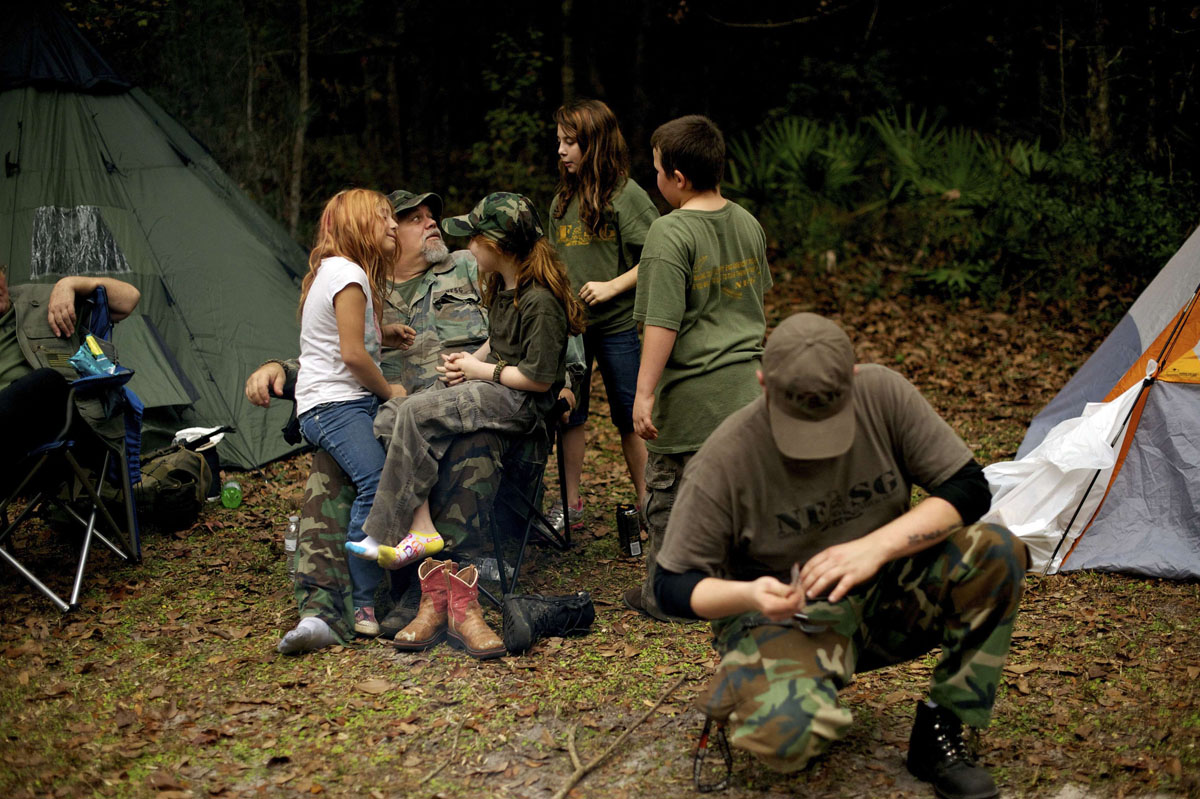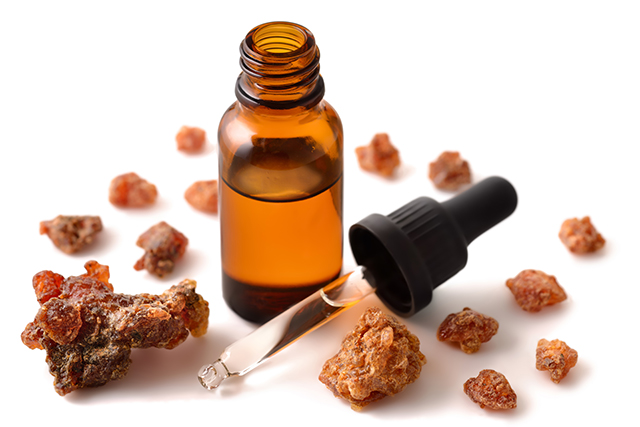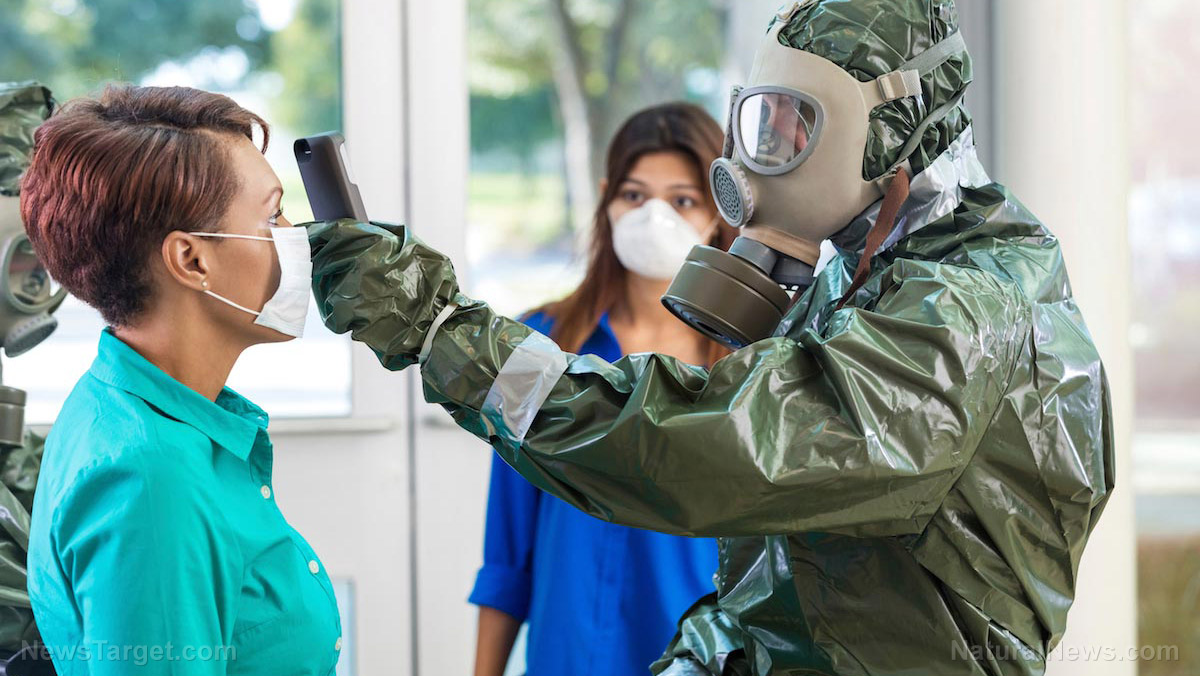Prepper medicine: How to prep if you have diabetes
09/23/2019 / By Edsel Cook

Preppers with diabetes mellitus face the additional challenge of managing their diabetes during SHTF conditions. They must keep specific concerns in mind.
If kept refrigerated and unopened, insulin will last for two to three years. Once opened, it will expire in slightly more than a month.
Unfortunately, insulin is impossible to stockpile. Not only is it expensive, but anti-doping regulations prevent doctors from prescribing large amounts. Further, insurance companies will not foot the bill for anything past the prescription.
To learn more about insulin and diabetes, go to an endocrinologist. He has specialized knowledge that general practitioners, emergency room, and intensive care unit personnel will not know.
Prioritize battery-powered blood sugar testing devices and their associated supplies. Finger-stick and continuous glucose monitors provide the latest data with a small margin of error. In comparison, urine sticks are less accurate and show the blood glucose levels from several hours ago. (Related: If you’re diabetic, you need to think about stockpiling INSULIN before the next collapse… here’s how to get it legally in your state.)
What to do in case of insulin shock and diabetic ketoacidosis during SHTF
If a person with Type 1 diabetes goes into insulin shock from low blood sugar, inject them with sugar. A Glucagon kit is perfect for this emergency.
In the absence of specialized equipment, the first responder must put 15 g of sugar in his mouth, spit it into the victim’s mouth, and help them swallow it. Repeat this every 15 minutes until the patient wakes up.
Diabetic ketoacidosis (DKA) usually triggers due to insulin deficiency, an infection, or an injury. If a diabetes patient experiences DKA, he needs insulin and rehydration with an intravenously delivered saline solution.
Insulin eliminates the root of the condition while saline restores both water and the balance of sodium and potassium electrolytes.
Treating DKA requires advanced equipment in a working hospital. The amount of electrolytes given to the patient has to be just right. Therefore, the best way to deal with DKA is to make sure it never happens in the first place.
Keep in mind that blood glucose spikes will not instantly harm the diabetes patient. High blood sugar levels only become dangerous if they stay high for long periods.
The appropriate dose of insulin will depend on the individual patient. People with high insulin sensitivity may respond in unpredictable ways to the same dosage. Personal experience is the most reliable guide for this.
More tips for diabetic preppers and their friends
Similarly, remain calm if giving sugar to a diabetic person. Panicking may cause his blood sugar levels to spike much higher than expected. Sugar works the same way for patients with diabetes mellitus as it does for healthy people — it comes and goes very quickly.
As such, do not administer more insulin. The exception is if the patient’s blood sugar levels remain high for extended periods.
If no one knows the last time the diabetic patient took insulin, wait at least four hours after the previous dose.
Ketone test strips will be of questionable value. A glucometer already provides all of the data needed by a diabetic prepper to manage diabetes. The latter device even indirectly warns about the risk of DKA, which has connections to low blood sugar. Finally, ketone test strips take up limited space and weight in a bug-out bag.
Finally, when administering insulin to a diabetic person, err on the side of caution and give a smaller dose. Conserve the limited supply of the crucial hormone since it will no longer see production after a collapse.
It will take years of sustained high blood sugar levels to affect health. In contrast, low blood sugar may quickly lead to death.
Sources include:
Tagged Under: blood glucose, blood sugar, bug out, diabetes management, diabetes mellitus, diabetic, diabetic ketoacidosis, emergency medicine, glucagon kit, glucometer, how to, insulin, insulin shock, ketone test stips, medical emergency, medical preparedness, off grid, panic, preparedness, prepper, prepping, SHTF, survival, type 1 diabetes
RECENT NEWS & ARTICLES
SurvivalMedicine.News is a fact-based public education website published by Survival Medicine News Features, LLC.
All content copyright © 2018 by Survival Medicine News Features, LLC.
Contact Us with Tips or Corrections
All trademarks, registered trademarks and servicemarks mentioned on this site are the property of their respective owners.



















